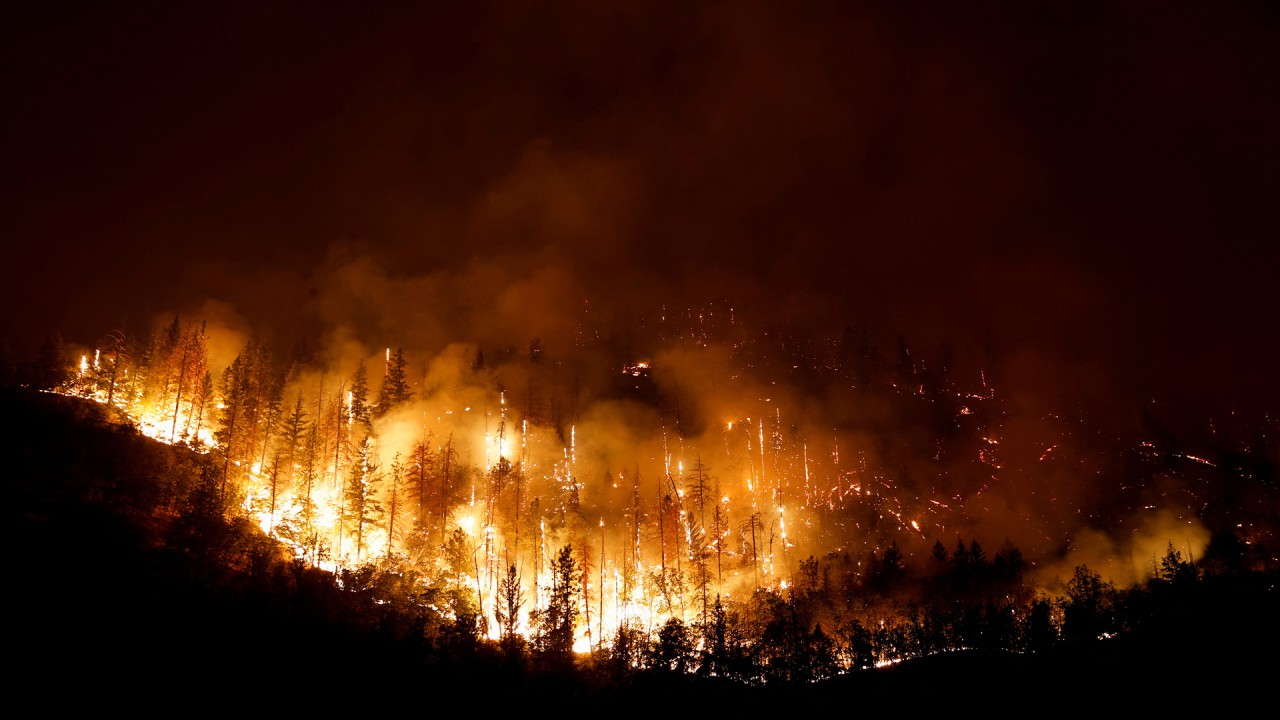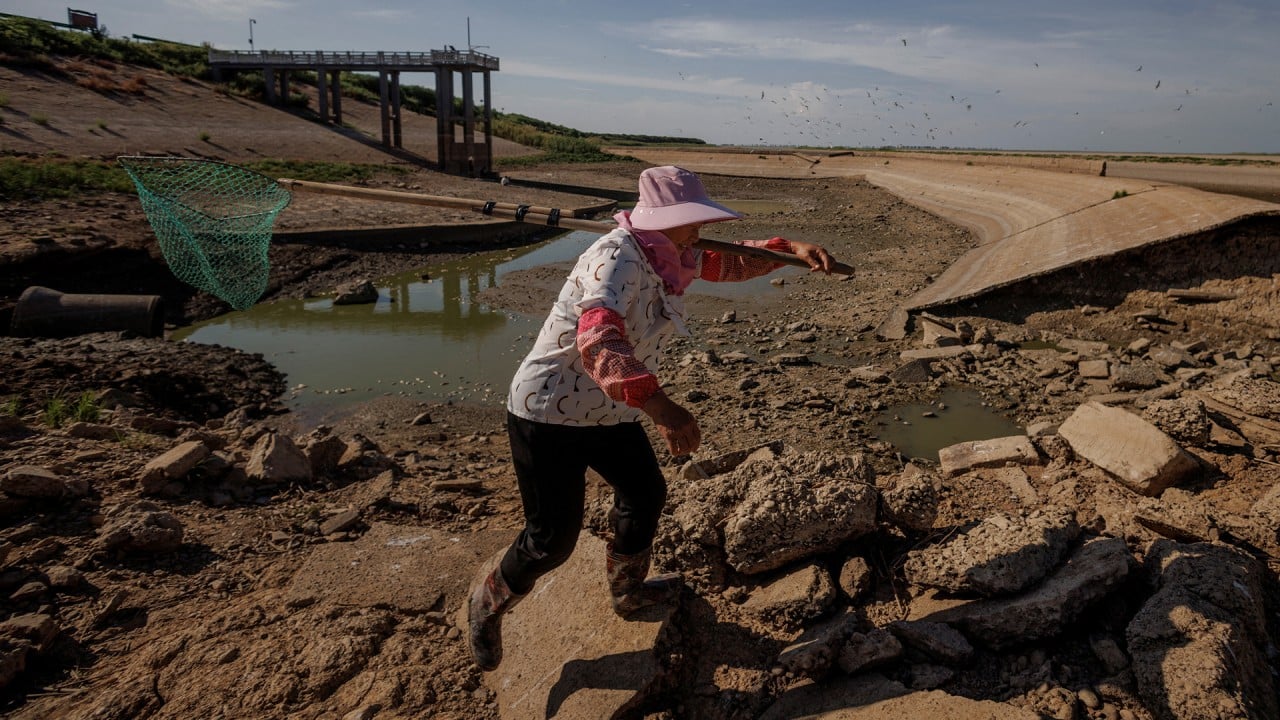
Heatwaves and drought must turn US and China away from rivalry towards cooperation on climate change
- The world’s two largest economies have a responsibility to lead the fight against climate change, but have instead adopted a divisive tit-for-tat strategy
- In addressing the climate challenge, they could learn from water management in Israel, flood control in the Netherlands, and vertical farming in the UAE
The United States and China may be on different geopolitical paths but they face a common climate crisis. Instead of expending all their efforts on competing against each other, the world’s two biggest economies have a responsibility to address the climate threat – before it is too late.
This tit-for-tat strategy threatens to split the world into at least two blocs. It would take much effort but generate little benefit, if any. Meanwhile both countries, along with many others, continue to suffer from extreme weather, which severely affects lives and economies.
In the US, the number of wildfires and size of burnt areas have increased over the past decade. From January to July this year, more than 39,000 wildfires left close to 6 million acres burnt. Although half the country is in drought, six rare one-in-1,000-year rain events occurred last month, causing flash floods and destroying homes.
Millions of Chinese are facing a shortage of energy and drinking water. Without sufficient water, farmers cannot grow crops or raise livestock. The country’s drought is estimated to have affected at least 2.46 million people and 2.2 million hectares of agricultural land in at least six provinces.
In the face of a common climate threat, the US and China should take immediate action to save themselves and humanity. I suggest three examples that we should learn more from.
First, we can adopt more widely Israel’s methods of recycling and reusing water, and reducing its consumption. A country that is more than half desert, Israel produces 20 per cent more water than it needs.
Since 1985, Israel has pioneered a system to collect, treat and recycle waste water, distributing the treated water to farms. Its drip irrigation technology, which cuts water use in agriculture, has been introduced in Italy, Türkiye, India and China.

In reducing the gap between consumer demand and available water, Israel also became a world leader in waste-water reclamation, treating and recycling 86 per cent of its waste water for agricultural operations by 2015.
A pioneer in desalination, Israel’s seven plants – two under construction – aim to support up to 90 per cent of its water consumption. This seawater reverse-osmosis desalination technology is spreading to places such as California and Singapore.
The Netherlands is also famous for its Delta Works, massive sea defences aimed at preventing one-in-10,000-year floods. Still, to ensure public safety, many hospitals, schools, nursing homes, computer server facilities and critical infrastructure were moved to higher ground.
Third, we can learn more from the United Arab Emirates, a federation that is mostly desert, in how it grows fruit and vegetables locally instead of relying on imports – through vertical farming.
By using solar and other renewable energy, and harvesting recycled water, these farms not only grow crops but also integrate fish and crustacean farming to produce nutrient-rich waste as fertiliser. Because vertical farms can be within or near urban centres, the produce travels shorter distances and has a smaller carbon footprint.
Since its first urban vertical farm opened in 2016, the UAE has embraced the movement to address both the climate crisis and supply chain disruptions. Last month, it opened the world’s largest vertical farm, the 330,000 sq ft Emirates Crop One in Dubai. The farm is capable of producing over 2 million lbs (more than 900,000kg) of leafy greens annually, and will grow lettuces, arugula, mixed salad greens and spinach.
Christopher S. Tang is a distinguished professor at the UCLA Anderson School of Management





